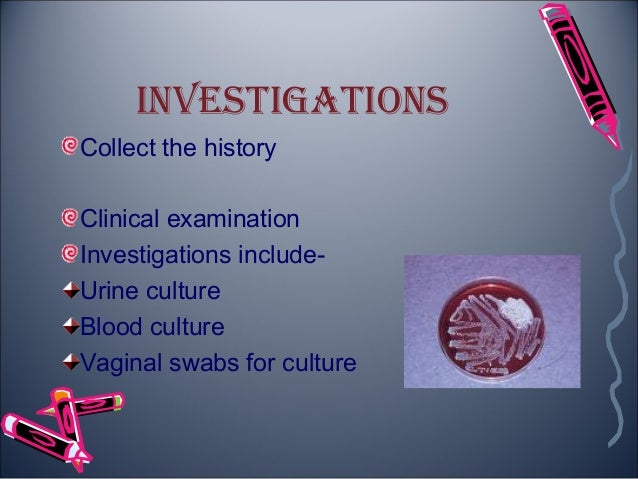Normal And Abnormal Puerperium Overview Routine

Postpartum nursing care wild iris medical education.
Strokes Associated With Pregnancy And Puerperium Stroke
The puerperium, or postpartum period, generally lasts 6 weeks and is the period of adjustment after delivery when the anatomic and physiologic changes of pregnancy are reversed, and the body returns to the normal, nonpregnant state. More clinical chart of puerperium images. Methods: this study was a retrospective analysis based on a clinical chart review in 407 maternal and perinatal centers. we compared the survival and death cases of pte during pregnancy and. Clinical evaluation means the medical staff is aware of the condition and is evaluating it in terms of evaluation, testing, consultations, and clinical observation of the patient’s condition and/or the existence of the condition affect the types or choices of treatment rendered to the patient. the chart mentions this condition without.
Coding Tip Pregnancy Childbirth And The Puerperium Tidbits


Complete Examination Of A Newborn
Normal And Abnormal Uterine Involution In Cows Monitored
• flip chart • colour markers • pens and pencils • badges • doll • stethoscope key messages • the complete newborn examination is extremely important as it shows whether the newborn is ready for life outside of the womb, and if he/she is facing any medical problem. Puerperium is defined as the time from the delivery of the placenta through the first few weeks after the delivery. this period is usually considered to be 6 weeks in duration. by 6 weeks after delivery, most of the changes of pregnancy, labor, clinical chart of puerperium and delivery have resolved and the body has reverted to the nonpregnant state. Clinical manifestations during the puerperium (6-week period after delivery) generally reflect reversal of the physiologic changes that occurred during pregnancy (see table normal postpartum changes). these changes are mild and temporary and should not be confused with pathologic conditions. Chart represent almost identical values for both experimental groups. there are no significant differences in measured values between groups of normal and abnormal puerperium at the beginning of experiment. period 22 29 days 0 5 10 15 20 25 30 35 40 normal puerperium abnormal puerperium mm uterine horn diameter uterine horn w all thickness.
The puerperium is the period from the end of the third stage of labour until most of the patient’s organs have returned to their pre-pregnant state. 12-2 how long does the puerperium last? the puerperium starts when the placenta is delivered and lasts for 6 weeks (42 days). Unit 2: postpartum assessment and care 20 postpartum and newborn care: a self–study manual prime 1999 pretest answer the following questions. select the correct answer or answers. Queensland clinical guideline: vte prophylaxis in pregnancy and the puerperium refer to online version, destroy printed copies after use page 3 of 24 flow chart: vte assessment for pregnant and postpartum women.
"puerperal, puerperium (complicated by, complications)" references in the icd-10-cm index to diseases and injuries. references in the icd-10-cm index to diseases and injuries applicable to the clinical term "puerperal, puerperium (complicated by, complications)". During pregnancy, childbirth or the puerperium, when covid-19 is the reason for admission/encounter code o98. 5-, other viral diseases complicating pregnancy, childbirth and the puerperium, should be sequenced as the principal/first-listed diagnosis, and code u07. 1, clinical chart of puerperium covid-19, and the appropriate codes for associated manifestation(s) should be.
International classification of diseases, th revision, clinical modification (icd-10-10cm). these guidelines should be used as a companion document to the official version of the icd-10-cm as published on the nchs website. the icd-10-cm is a morbidity classification published. When there is strong clinical suspicion of sepsis, you should commence parenteral broad-spectrum antibiotics immediately, without waiting for microbiology results. this should happen even clinical chart of puerperium if the presence of diarrhoea suggests gastroenteritis as a possible diagnosis; fluid resuscitation and oxygen therapy are also an important part of treatment.
A questionnaire requesting the detailed information included in the clinical charts of pregnancy‐related aortic dissection cases (without any personally identifying information) was designed between 2013 and 2017 and administered to 407 perinatal centers in japan. the response rate was 70. 5%. Serve as a model to build clinical decision support into the electronic health record (ehr) to achieve tobacco use intervention goals. in terms of the core components of a clinical tobacco cessation intervention, all patients can benefit from behavioral counseling. all patients 13 and older, with the exception of pregnant women, adolescents,. There was a time when coding delivery records was considered simple. many times, these types of records were given to the newer coders. however, as coding becomes more complex, this is no longer the case. with the implementation of icd-10-cm came more codes for clinical chart of puerperium very detailed and specific issues that occur during pregnancy, childbirth and the puerperium.
Strokes associated with pregnancy and puerperium stroke.
Queensland clinical guidelines endorsed for use in all queensland health facilities. maternity and neonatal disciplines are well supported. quality and safety activities, and support for translating evidence into practice are included in the guideline supplement. queensland clinical guidelines (qcg), queensland health. supporting quality and safety by translating evidence into best clinical. Postpartum psychological changes. bonding, sometimes referred to as attachment, between mothers and infants is affected by a multitude of factors, including socioeconomic status, family history, role models, support systems, disturbed sleep, cultural factors, and birth experiences. nurses can assess for attachment behaviors by observing the interactions between mothers and their infants. Clinical signs are unreliable (and d-dimer cannot be used in pregnancy and puerperium), so confirmation is needed with compression duplex ultrasound. treatment is with lmwh which should be started immediately on suspicion of clinical chart of puerperium dvt. if the ultrasound is negative but dvt is still suspected, lmwh can be stopped but the ultrasound repeated on days 3. Clinical signs are unreliable (and d-dimer cannot be used in pregnancy and puerperium), so confirmation is needed with compression duplex ultrasound. treatment is with lmwh which should be started immediately on suspicion of dvt. if the ultrasound is negative but dvt is still suspected, lmwh can be stopped but the ultrasound repeated on days 3.
Method: fifteen women with new-onset obsessive compulsive symptoms during the puerperium were retrospectively evaluated by chart review; all met dsm-iii-r criteria for obsessive compulsive disorder. distinctive features of their clinical presentation, pharmacotherapy received, and status at 1-year follow-up were recorded. A retrospective analysis was conducted based on clinical chart reviews in 736 stroke teaching hospitals certified by the japan stroke society between 2012 and 2013, using a web-based questionnaire requesting the detailed clinical course without any personally identifying information. The clinical growth charts reflect modifications in the format of the individual charts, whereby two individual charts appear on a single page, and data entry tables have been added. the clinical charts have the grids scaled to metric units (kg, cm), with english units (lb, in) as the secondary scale. The aim of this guideline is to provide information, based on clinical evidence where available, regarding the immediate investigation and management of women in whom venous thromboembolism is suspected during pregnancy or the puerperium. 2. introduction and background epidemiology.